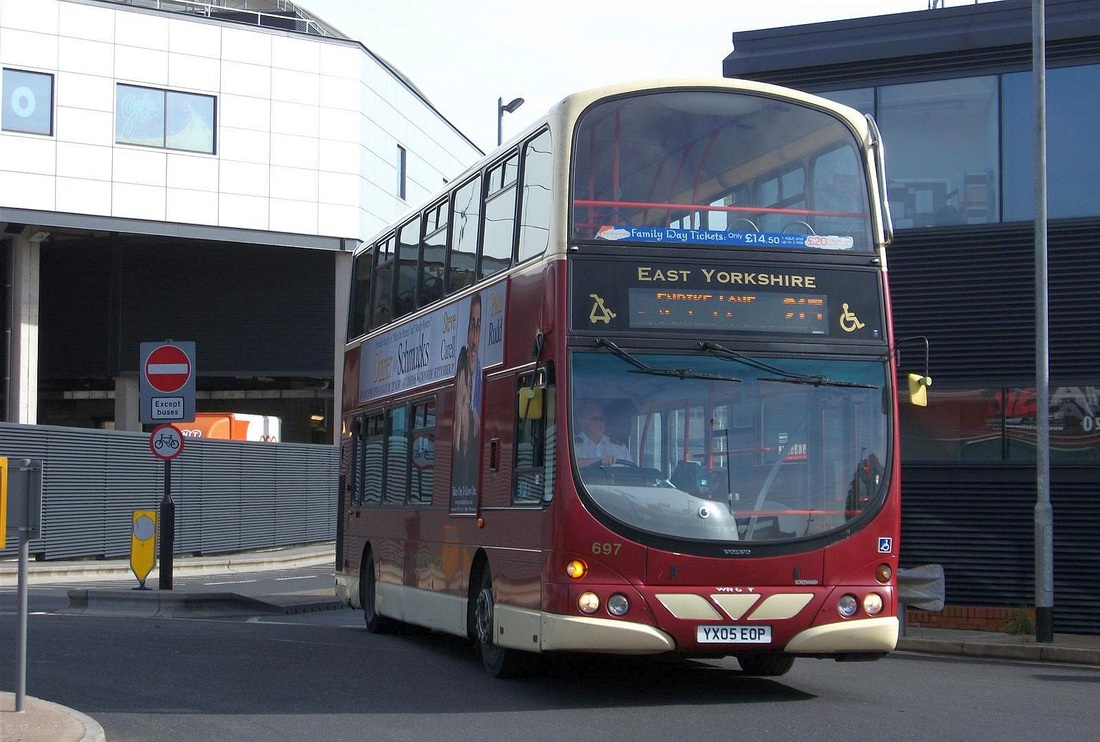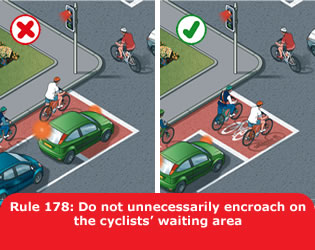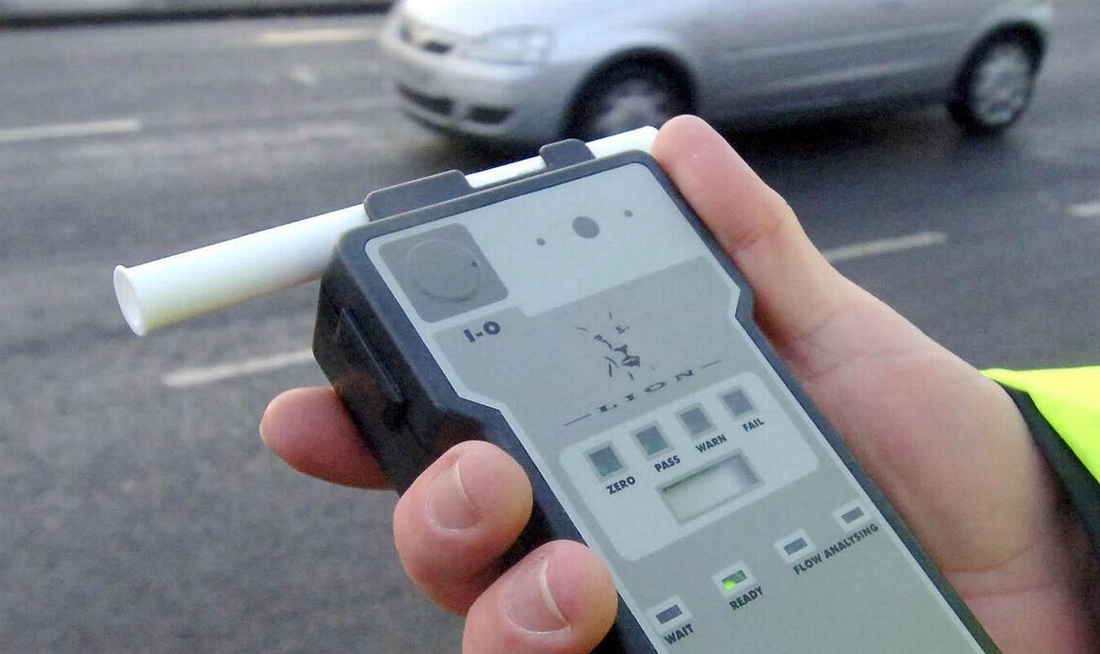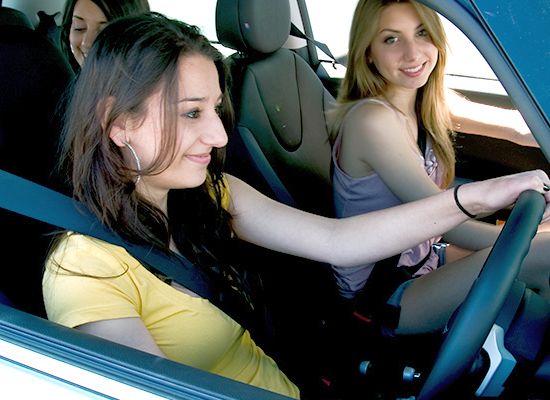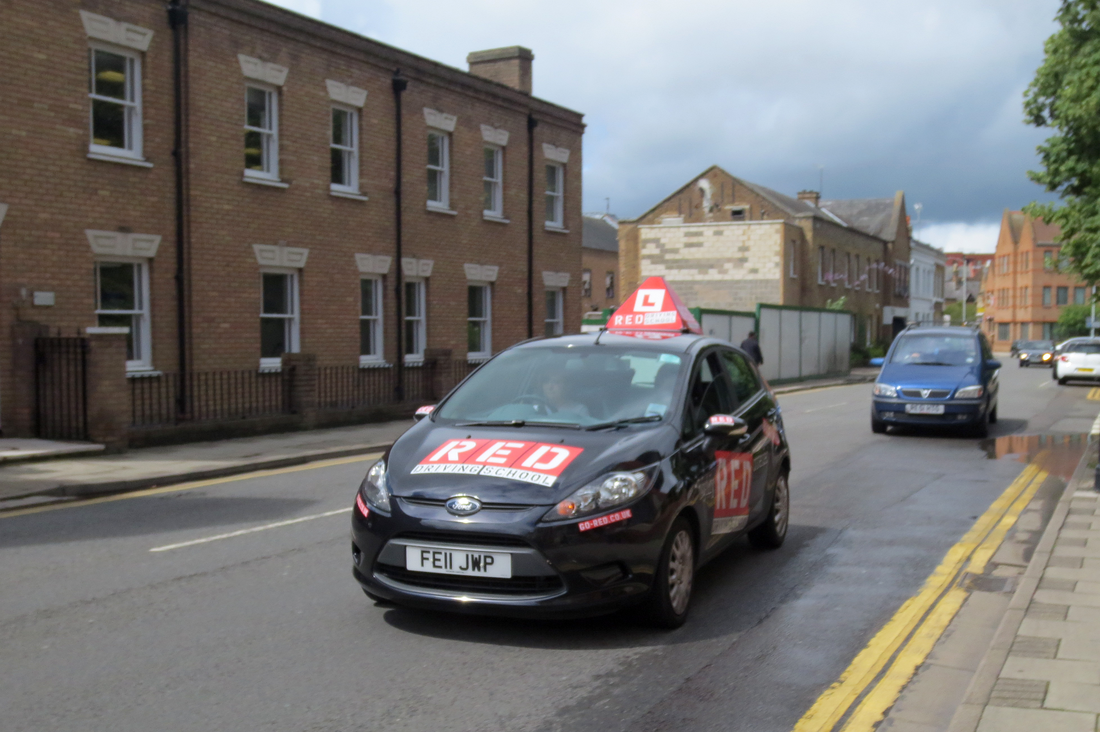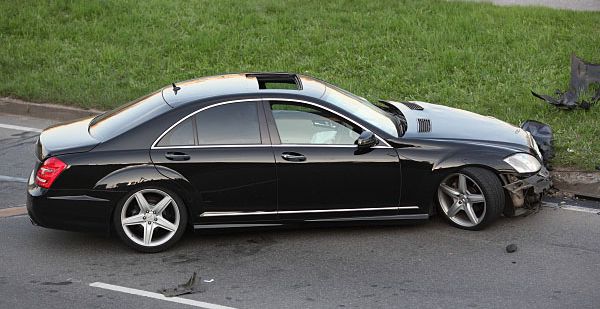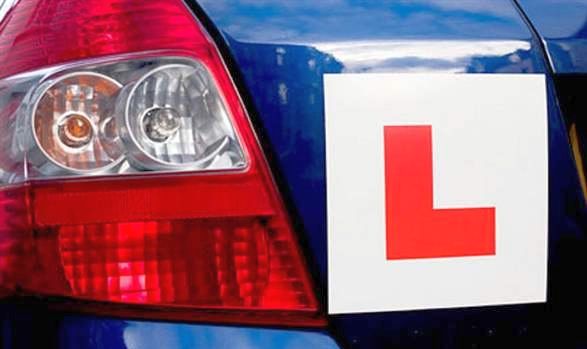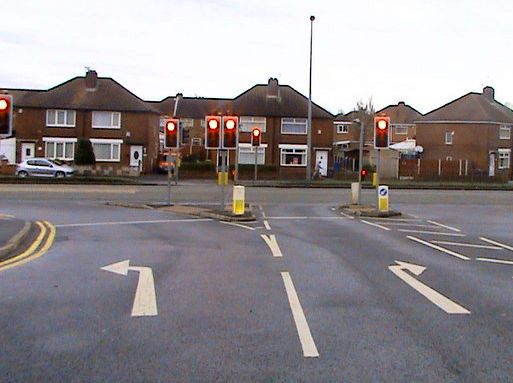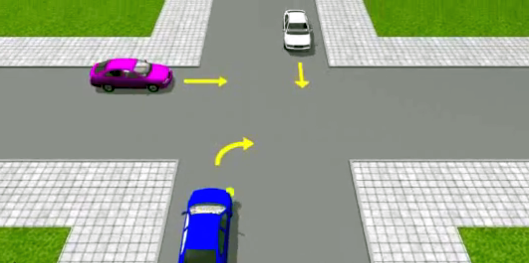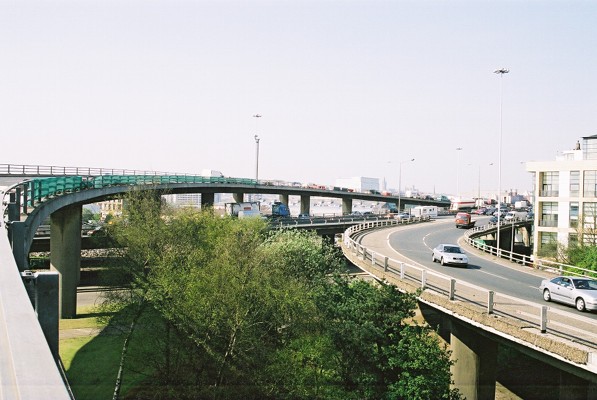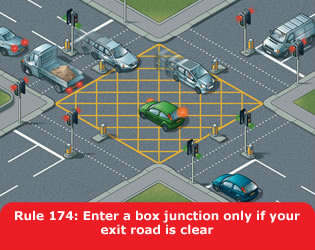|
Long vehicles may need extra room to complete their turn in a roundabout. Remember never to drive next to large vehicles in a roundabout. You should look out for their signals.
Long vehicles may need to use more than one lane in order to negotiate the roundabout. Stay well back and give them plenty of room, they might need to take a different course as they go around the roundabout.
1 Comment
Some traffic-light-controlled junctions have advanced stop lines to allow cycles to be positioned ahead of other traffic.
Motorists, including motorcyclists, MUST stop at the first white line if the lights are amber or red and should avoid blocking the way or encroaching on the marked area. If your vehicle has proceeded over the first white line at the time that the signal goes red, you MUST stop at the second white line, even if your vehicle is in the marked area. Allow cyclists time and space to move off when the green signal shows. The legal alcohol limit for drivers is:
- 80 milligrams of alcohol per 100 millilitres of blood, or - 35 micrograms of alcohol per 100 millilitres of breath, or - 107 milligrams of alcohol per 100 millilitres of urine Even small amounts of alcohol can affect your ability to drive. If the police want to investigate whether you are over the drink driving limit, they will carry out a screening breath test at the roadside. If you fail this test, or if they have other grounds to believe that your driving was impaired through drink, you will be arrested and taken to a police station. Anyone caught over the legal alcohol limit when driving will be banned from driving for at least 12 months, and fined up to £5,000. You can also be sent to prison for up to six months. Imprisonment, the period of disqualification and size of fine depend on the seriousness of the offence. If you are caught drink driving second time in a 10 year period, you’ll be banned for at least three years. Is it the responsibility of the driver to make sure that adult passengers wear seatbelts?20/11/2013 Car drivers and front seat passengers must wear a seat belt, unless they have a medical exemption certificate.
Adults travelling in the rear of a car must also use seatbelts, if they're fitted. It's the responsibility of the adult passenger (not the driver) to make sure that they are using the seatbelt. Children under the age of 14, travelling in the rear of a car that has appropriate restraints, must belt up. ' It is the responsibility of the driver to make sure children under 14 years of age are wearing their seatbelts...once 14 years old it is up to the passenger to take responsibility! Exemptions are allowed for the holders of medical exemption certificates and those making deliveries or collections in goods vehicles when travelling less than 50 metres (approx 162 feet). More information find here >> Only ADIs and trainee licence-holders can teach to drive for payment. They must display a badge on the windscreen during lessons. An ADI displays a green badge on the windscreen, and a trainee driving instructor displays a pink badge.
You must have a provisional driving licence when you’re learning to drive. If you practise your driving with friends and relatives (without paying them) they must: - be over 21 - have had their driving licence for 3 years - be qualified to drive the type of vehicle you want to learn in You can be fined up to £1,000 and get 3 to 6 penalty points on your provisional licence if you drive without the right supervision. If a traffic accident occurs and you are driving, then you need to assess the situation and see if any of the following situations apply:
- Is anyone injured? - Has there been any damage caused to someone else's property, or another vehicle? - Has an animal been killed or injured (an animal applies to a dog, pig, goat, sheep, ass, mule, horse or cattle). If any of the above points do apply, you are required to stop at the scene and remain there for a reasonable period of time that will allow any other people involved directly or not in the accident to come to you and request your contact details. If you are driving someone else's car, then you must supply the contact details of the registered owner too. If you don’t leave your details at the scene, then you must report the incident to a police officer as soon as is practically possible (within 24 hours). You can ring to advise the police station, but it is not acceptable to report the incident over the telephone – it must be done in person. The supervising driver must:
- be at least 21 years old - held a full driving licence for a minimum of 3 years - meet the minimum eyesight standards - ensure the car is in a safe and legal condition - ensure the car displays red L Plates (or D Plates in Wales) if a learner is driving - car insurance must cover a learner driver The nearest you can park to a junction is 10 metres (or 32 feet).
This is to allow drivers emerging from, or turning into, the junction a clear view of the road they are joining. It also allows them to see hazards such as pedestrians or cyclists at the junction. At an unmarked crossroads no one has priority. If there are no road signs or markings do not assume that you have priority. Remember that other drivers may assume they have the right to go. No type of vehicle has priority but it’s courteous to give way to large vehicles. Also look out in particular for cyclists and motorcyclists.
You can stop in a yellow box junction if you want to turn right and are stopped from doing so by oncoming traffic, or by other vehicles waiting to turn right.
|
